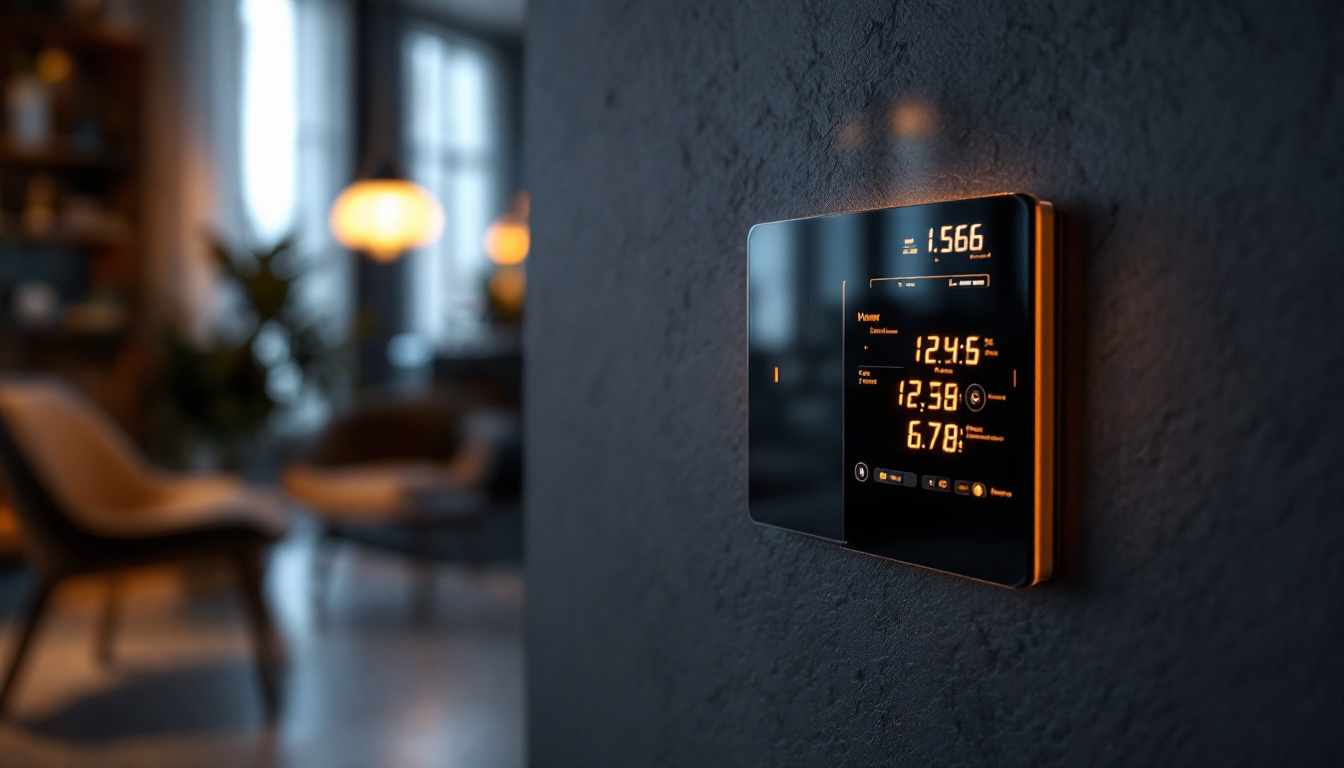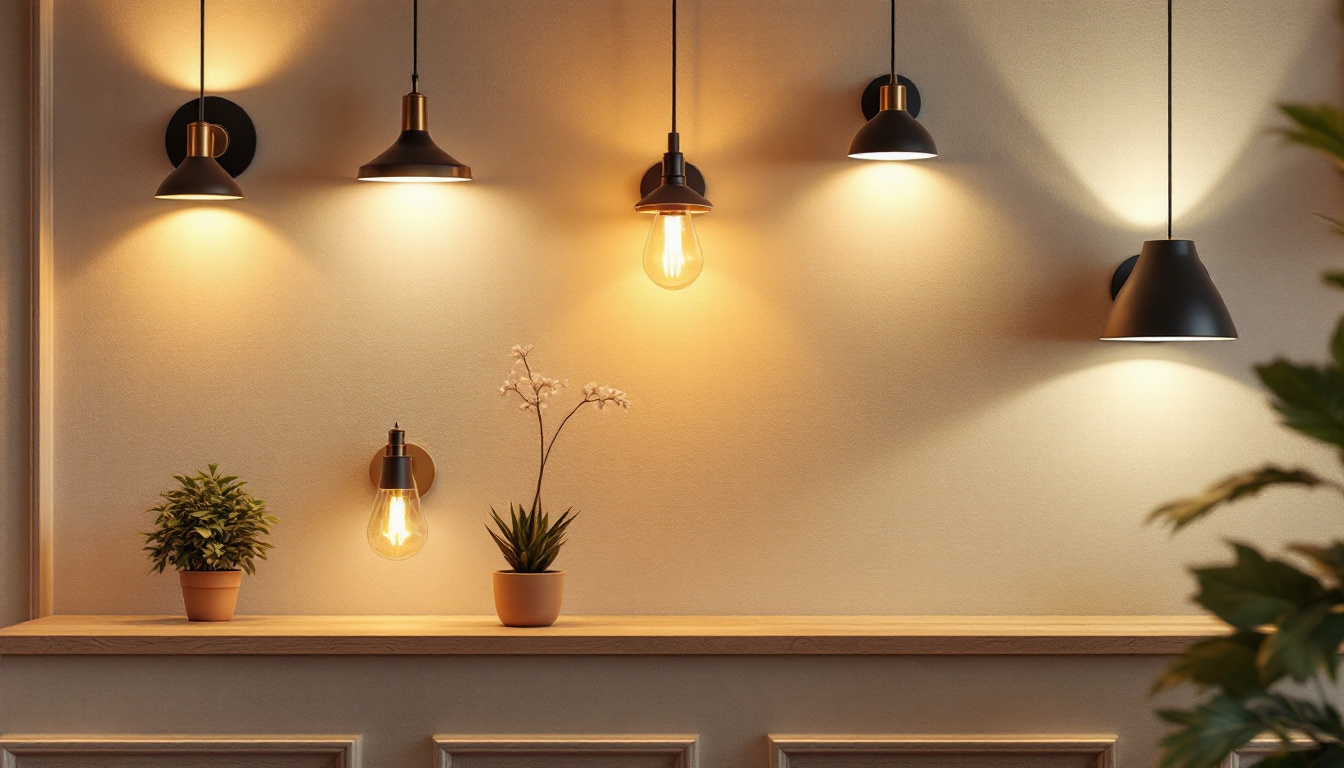
The lighting industry has undergone significant transformations over the years, driven by advancements in technology, changes in consumer preferences, and a growing emphasis on energy efficiency. Among the most pivotal innovations in this sector is the evolution of the light switchboard. This article delves into the history, current trends, and future prospects of light switchboards, providing valuable insights for lighting contractors navigating this dynamic landscape.
Understanding the evolution of light switchboards requires a look back at their origins. Initially, lighting systems were rudimentary, relying on simple on/off switches that provided limited functionality. These early designs were often bulky and not user-friendly, reflecting the technological constraints of their time. In the late 19th century, when electric lighting began to replace gas lamps, the need for more efficient and safer systems became apparent. The first light switches were often made from materials like porcelain and brass, which were durable but not particularly aesthetic, leading to a focus on both functionality and design in subsequent iterations.
As electricity became more widespread, the need for more sophisticated control systems emerged. The introduction of multi-way switching allowed users to control lighting from multiple locations, enhancing convenience and functionality. This marked a significant step forward in the design and utility of light switchboards. The development of circuit breakers and fuses also played a crucial role in ensuring safety, as they provided a means to prevent electrical overloads. These innovations not only improved the reliability of lighting systems but also encouraged broader adoption in both residential and commercial settings, setting the stage for further advancements in electrical control technology.
The transition from manual to automated systems revolutionized the lighting industry. With the advent of smart technology, light switchboards evolved to accommodate advanced features such as remote control, programmable settings, and integration with home automation systems. This shift not only improved user experience but also paved the way for energy-efficient solutions. The rise of the Internet of Things (IoT) has further transformed how we interact with our lighting systems, allowing for seamless communication between devices and providing users with unprecedented control over their environments.
Today’s light switchboards can be programmed to adjust lighting based on time of day, occupancy, or even ambient light levels. This level of control not only enhances comfort but also contributes to significant energy savings, a crucial consideration in modern lighting design. Additionally, many contemporary systems offer features like voice activation and mobile app integration, making it easier than ever for users to customize their lighting preferences. As sustainability becomes a central focus in architectural design, the evolution of light switchboards reflects a broader trend towards creating intelligent, responsive environments that prioritize both user comfort and energy efficiency.
As technology continues to advance, several trends are shaping the design and functionality of light switchboards. These trends reflect a broader movement towards sustainability, efficiency, and user-centric design.
One of the most significant trends is the integration of smart lighting technology. Light switchboards are increasingly being designed to work seamlessly with smart bulbs and fixtures, allowing for enhanced control and customization. Users can adjust brightness, color temperature, and even create lighting scenes that suit their mood or activity.
This integration not only enhances the aesthetic appeal of spaces but also aligns with the growing demand for energy-efficient solutions. By allowing users to control their lighting more effectively, smart switchboards contribute to reduced energy consumption and lower utility bills. Furthermore, many of these systems can be programmed to respond to natural light levels, automatically adjusting to provide optimal illumination throughout the day. This not only promotes energy savings but also supports the health and well-being of occupants by ensuring consistent and comfortable lighting conditions.
Modern light switchboards are also focusing on user-friendly interfaces. Touch-sensitive controls, mobile app integration, and voice-activated systems are becoming standard features. These advancements cater to a diverse range of users, from tech-savvy individuals to those who prefer traditional methods.
By making lighting control more accessible, manufacturers are ensuring that users can easily adapt to new technologies without feeling overwhelmed. This approach not only enhances user satisfaction but also encourages the adoption of energy-efficient practices. Additionally, many contemporary designs incorporate customizable settings that allow users to save their preferred lighting configurations, making it easier to switch between different atmospheres for various occasions, whether it’s a cozy movie night or an energizing morning routine. The emphasis on intuitive design also extends to the physical layout of switchboards, with many opting for sleek, minimalist aesthetics that blend seamlessly into modern interiors, further enhancing the overall user experience.
Energy efficiency has become a central theme in the lighting industry, influencing everything from product design to regulatory standards. Light switchboards play a crucial role in this movement, serving as the control hub for energy-efficient lighting systems.
As governments and organizations worldwide push for stricter energy efficiency standards, light switchboards must comply with these regulations. This has led to the development of products that not only meet but exceed these requirements. Contractors must stay informed about these standards to ensure that their installations are compliant and efficient.
Moreover, manufacturers are increasingly focusing on creating products that facilitate compliance. Features such as energy monitoring and reporting capabilities allow users to track their energy usage and make informed decisions about their lighting systems. These advancements not only help in adhering to regulations but also empower users to optimize their energy consumption, leading to significant cost savings over time. The integration of smart technologies, such as IoT connectivity, further enhances the functionality of light switchboards, enabling real-time data analysis and remote management of lighting systems.
Innovations such as LED technology and advanced dimming capabilities are also contributing to energy efficiency. Light switchboards are now designed to support these technologies, allowing for precise control over lighting levels and reducing energy waste.
By integrating energy-efficient technologies into their designs, manufacturers are not only enhancing the performance of light switchboards but also promoting sustainable practices within the industry. This shift is essential for contractors looking to provide solutions that meet the demands of environmentally conscious consumers. Furthermore, the rise of smart lighting systems, which adjust based on occupancy and natural light levels, exemplifies the potential of modern switchboards to contribute to energy savings. These systems can significantly reduce energy consumption in commercial and residential settings, showcasing how intelligent design and technology can work hand in hand to create a more sustainable future. As the industry evolves, the role of light switchboards will continue to expand, becoming pivotal in the quest for energy efficiency and sustainability.
The future of light switchboards is poised for further innovation, driven by ongoing advancements in technology and changing consumer expectations. As the industry continues to evolve, several key trends are likely to shape the next generation of light switchboards.
As the Internet of Things (IoT) continues to expand, light switchboards will increasingly feature enhanced connectivity and interoperability with other smart devices. This trend will enable users to create more integrated and automated lighting systems that respond to their needs in real-time.
For contractors, this means staying updated on the latest technologies and ensuring that installations can accommodate future upgrades. Providing clients with flexible solutions that can evolve with their needs will be crucial in maintaining a competitive edge.
Sustainability will remain a driving force in the evolution of light switchboards. As consumers become more environmentally conscious, the demand for products that minimize energy consumption and reduce carbon footprints will only grow. Manufacturers will need to prioritize sustainable materials and processes in their designs.
Contractors can play a vital role in this transition by educating clients about the benefits of energy-efficient lighting solutions and promoting products that align with sustainability goals. By doing so, they can help foster a culture of energy conservation within their communities.
Despite the advancements in light switchboard technology, several challenges persist within the lighting industry. Understanding these challenges is essential for contractors looking to navigate the evolving landscape effectively.
The rapid pace of technological advancement can create complexity for contractors. As new features and functionalities are introduced, staying current with the latest developments becomes increasingly challenging. Contractors must invest time and resources into training and education to ensure they can offer the best solutions to their clients.
Moreover, the integration of smart technologies can complicate installations. Contractors need to be well-versed in various systems and protocols to ensure compatibility and optimal performance. This complexity can lead to increased project timelines and costs if not managed effectively.
The lighting industry is highly competitive, with numerous manufacturers and contractors vying for market share. As consumers become more discerning, they seek out innovative and cost-effective solutions. Contractors must differentiate themselves by offering unique value propositions, such as superior customer service, customized solutions, and expertise in emerging technologies.
Building strong relationships with clients and understanding their specific needs will be crucial in standing out in this competitive landscape. By providing tailored solutions and exceptional service, contractors can foster loyalty and encourage repeat business.
The evolution of light switchboards reflects broader trends in the lighting industry, driven by technological advancements, energy efficiency, and changing consumer preferences. As the industry continues to evolve, contractors must stay informed about these developments to provide the best solutions for their clients.
By embracing innovation, prioritizing sustainability, and navigating the challenges of a competitive market, lighting contractors can position themselves for success in the ever-changing landscape of the lighting industry. The future of light switchboards is bright, and those who adapt and evolve will thrive in this dynamic environment.
As you navigate the future of light switchboards and the broader lighting industry, LumenWholesale is here to support your journey. We provide lighting contractors with an extensive selection of top-quality, spec-grade lighting products at unbeatable wholesale prices. Say goodbye to inflated markups and hello to superior lighting solutions that meet the highest industry standards. With free shipping on bulk orders, you can trust that you’re getting premium lighting at the best value — without any hidden fees. Elevate your lighting projects with the perfect blend of quality, affordability, and convenience. Discover our range and take advantage of Wholesale Lighting at the Best Value today.

Discover how Quasar Lights are revolutionizing the lighting industry for contractors with cutting-edge technology, energy efficiency, and unparalleled design flexibility.

Discover the ultimate guide to outdoor flood lighting and learn how to enhance your property’s illumination.

Discover how 8ft LED shop light fixtures are revolutionizing the lighting industry for contractors.

Discover the ultimate guide to wall lighting fixtures with our essential checklist tailored for lighting professionals.